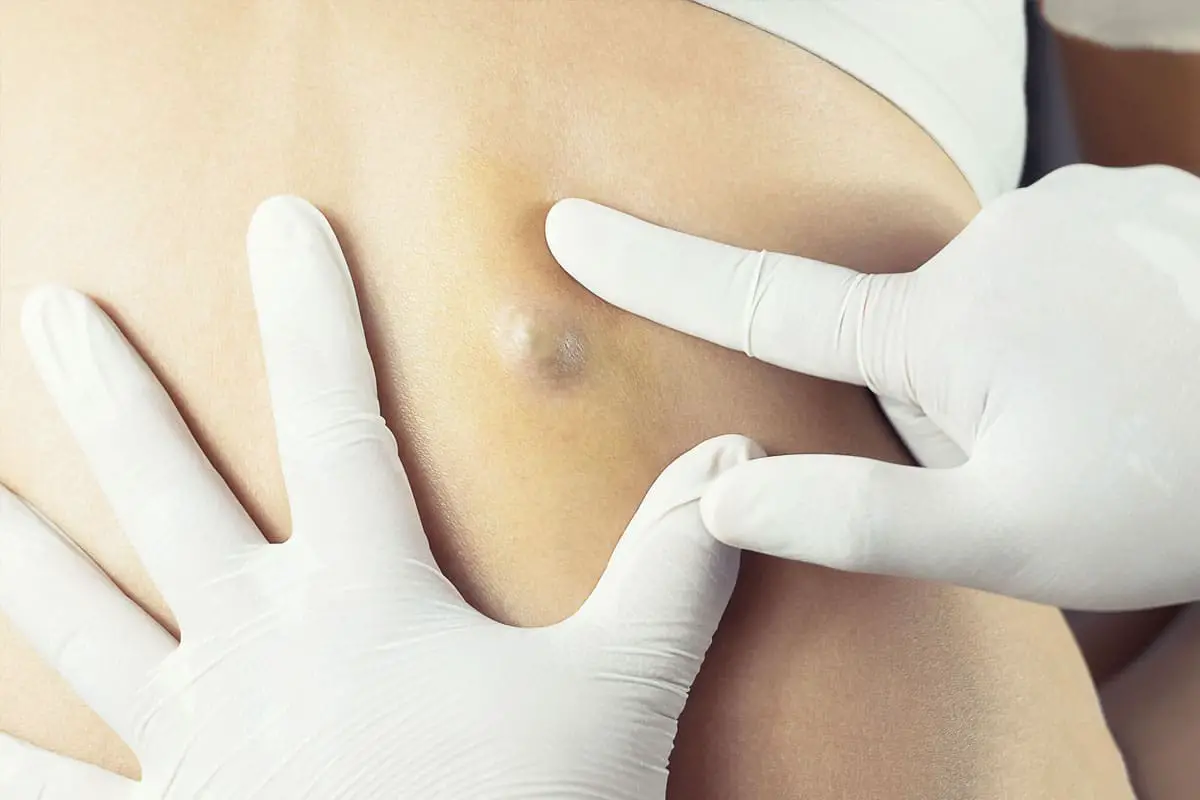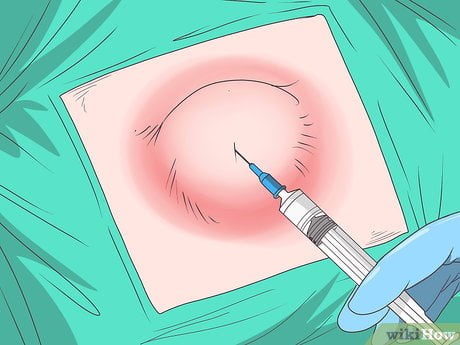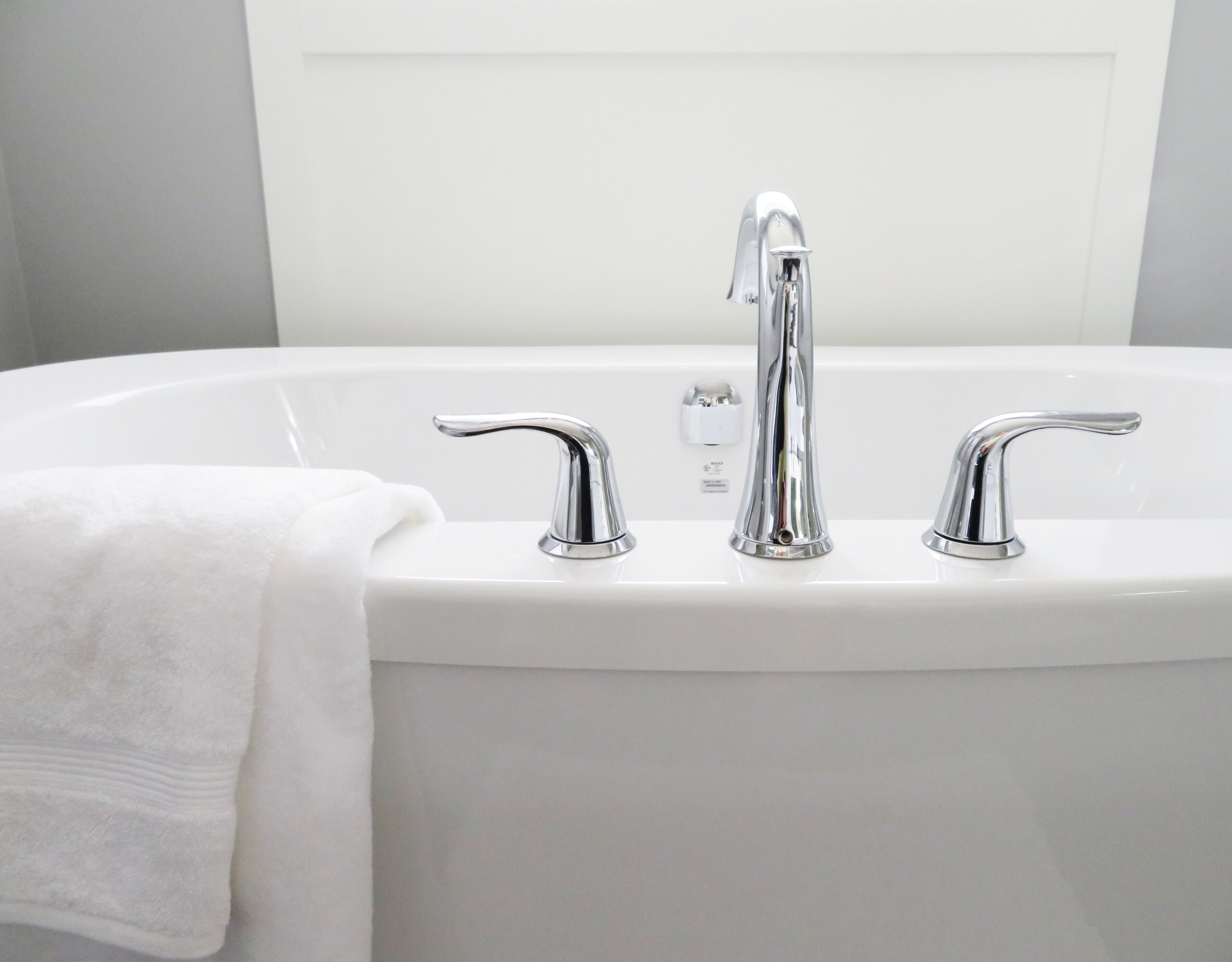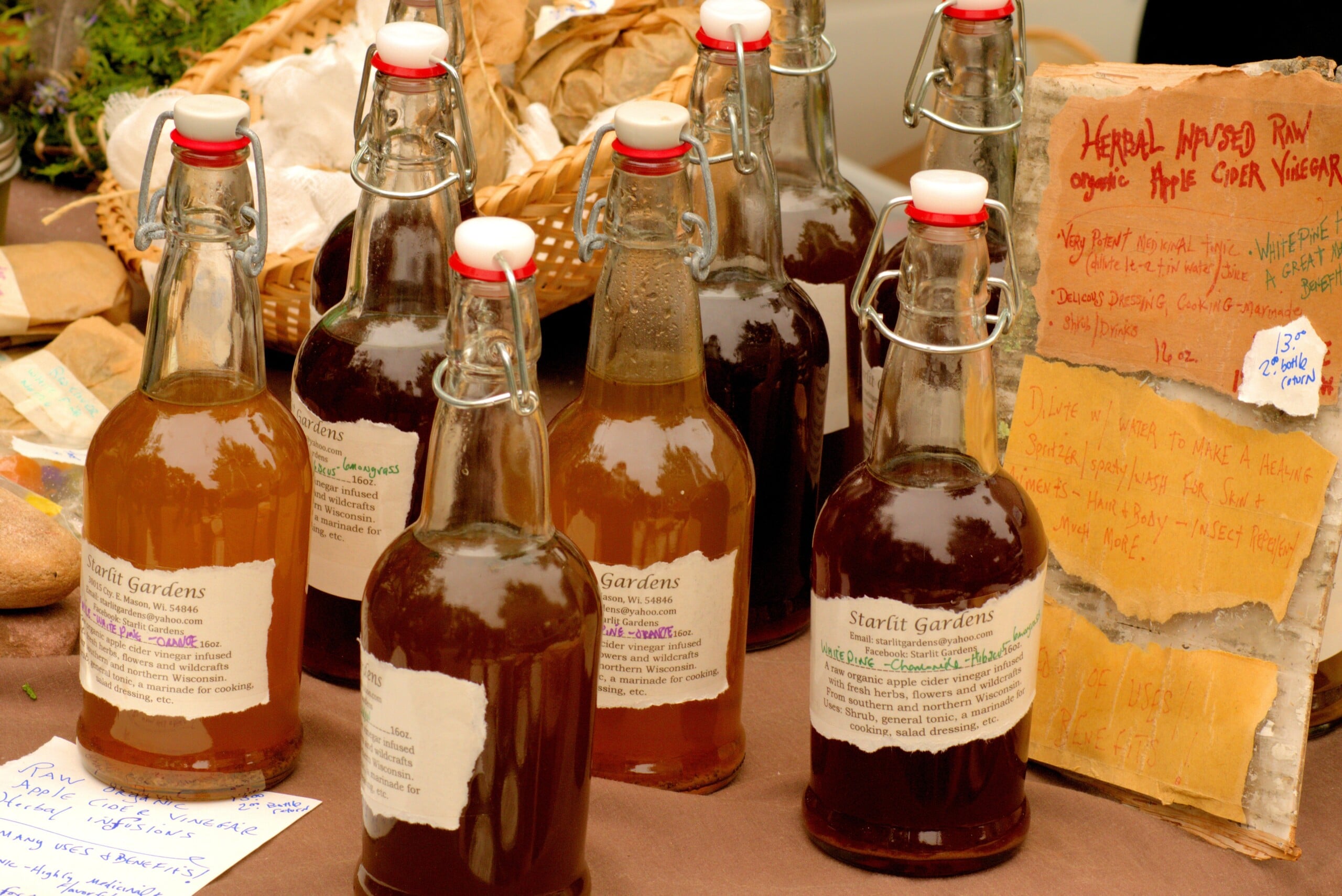How To Drain A Cyst? Useful Caring Tips!
Learning how to drain a cyst is fine, but practicing it without proper tools, guidance, and information cause leads to severe injuries. Make sure you have proper guidance and help before proceeding.
Cysts are sacs that may form anywhere on your body. They are filled with air, fluid, and certain other materials. Cysts may be of different types, such as epidermal cyst, breast cyst, ganglion cyst, baker’s cyst, etc.
Some causes of cyst include blockages in the ducts, infection, or swollen hair follicles. They are generally harmless and do not need any medical treatment to drain a cyst. However, they must be diagnosed by a doctor to find out the type of cyst and determine if it is severe.
Here’s how to drain a cyst or remove it and how a doctor removes it with a proper procedure.
How to drain a cyst

It can be hard to identify the type of cyst as they sometimes resemble a skin abscess, boil, or something else that requires treatment. That is one reason it is so important to visit a doctor for a diagnosis.
It is also possible that the cyst might not have to be drained or removed. The doctors might suggest another treatment after determining the location of the cyst and the type it belongs to.
When a cyst is drained, the doctors usually follow different methods, including:
1. How to drain a cyst using anesthesia
You can drain a cyst using anesthesia. Here is the procedure of draining a cyst with the help of it.
- Removing a cyst or getting it drained needs local or general anesthesia, based on how chronic your cyst is. Before removing the cyst, the doctor will apply either local or general anesthesia to prevent the patient from sensing any pain from this method. Only local anesthesia might be needed for a tiny cyst on the skin, and these procedures will often be conducted in the doctor’s facility.
- If your cyst is large or deep, general anesthesia might be needed. This might require a clinic visit but is typically one-day surgery.
- Once the cyst area has been anesthetized, the doctor will create a cut in the cyst with the help of a sterile surgical blade. The incision or cut will let the drain contents of the cyst and liquidate the cyst wall if required. Draining the cyst wall might help block the cyst from recurring again.
- In a few cases, it might be needed to put a drainage tube to let the cyst resume to drain for some days. The doctor might adjust the tube by applying some stitches, and the hole created will be less than 6 mm in diameter. This method is called marsupialization.
- Once the cyst has been completely drained and the cyst wall removed, the doctor will stitch the area where the cut or incision was initially made. You might require to wrap a bandage to this area as well. Make sure that you practice your doctor’s directions for caring for the wound. Call the doctor if you see any symptoms of infection, including:
- Redness, especially red streaks originating from the site of the injury.
- Warmth
- Pus
- Swelling
- Severe throbbing at the site of the wound.
- Fever of over 100.4 °F or 38°C.
2. How to drain a cyst using fine-needle aspiration

3. How to remove a cyst using surgery
A surgical option is considered for several cysts, such as baker’s cysts, ganglion, and dermoid cysts. In such surgeries, a local anesthetic is applied to numb the cyst area, and then a cut is made. It may leave a scar, and the size of the spot is based on several factors, including the size of that cyst.
4. How to remove a cyst using laparoscopy
Certain cysts, such as the cysts that develop in the ovaries, are generally removed using laparoscopy. In such procedures, the surgeon will use a scalpel to create specific small incisions. Then they put a thin camera inside known as a laparoscope into one incision made, which makes them view and then remove the cyst easily.
The procedure ends in only some small scars due to the incision’s small size.
5. How to drain a cyst using home remedies
A few home remedies are used to remove the cyst, but they may have certain complications.
1. How to drain a cyst using a sitz bath

Immersing in a warm Sitz bath might assist drain a Bartholin cyst. To make a Sitz bath, fill the bathtub with several inches of warm water. Then dip in the tub for nearly 15 minutes. Follow the same process a few times each day for at least three or four days to make the cysts easier to break and drain.
Add a little bit of Epsom salts to that water with lavender essential oil, which will help heal that cyst quicker and give relief. You can also change this by adding half a cup of apple cider vinegar (ACV) to the warm bath for more comfort.
2. How to drain a cyst by applying tea tree oil
Tea tree oil has also been beneficial for several distinctive skin ailments so that it may also help with a sebaceous cyst. Blend three drops of any tea tree essential oil along with seven to eight drops of castor oil. Next, using a cotton ball or Q-tip, apply the mixture formed directly to the cyst at least four times a day.
3. How to drain a cyst using aloe vera gel

Aloe vera gel also appears to have antibacterial qualities, and a few studies have revealed that it encourages the healing of wounds. You may also apply aloe vera gel immediately to the cyst to promote a cyst to drain and ultimately heal. Allow the aloe vera gel to dry, and then wash the area using warm water. Practice this process again a few times a day.
4. Dab some hazel on the cyst
Witch hazel is usually used to take down swelling, and it also possesses some astringent properties, so practicing witch hazel to the cyst might also help dry the cyst out. Dip a Q-tip or cotton ball with any witch hazel and pat it onto the cyst. Iterate this process a few times during the day.
5. Soaking in apple cider vinegar

Apple cider vinegar is frequently used to assist with skin ailments such as acne, so it might also help drain a cyst and encourage healing. You may apply apple cider vinegar immediately to the cyst using a cotton ball or a Q-tip. Follow the procedure of applying ACV a few times a day. If the apple cider vinegar stings or burns your skin, you may practice a half cup apple cider vinegar mixed with half a cup of water.
6. Place a chamomile teabag onto the cyst
Chamomile is frequently used to aid treat skin diseases, so it might help to decrease inflammation and encourage healing of the cyst. Try putting a warm chamomile tea bag on the cyst for approximately five minutes. Again practice the same process a few times a day. Sipping this tea might help to clean your lymphatic system and promote healing time.
How To Care For The Cyst
- Apply a warm compress- Applying a warm compress is one of the simplest ways to reduce pain occurring from a cyst and promote it to drain as well. Take a clean washcloth and keep it under slightly warm to hot flowing water. Then, strain out the extra moisture and implement the washcloth to the cyst. Keep it there for approximately five minutes or till that washcloth gets cool again. You may repeat this method a few times a day.
- Keep the cyst area clean- Using a gentle soap to clean around the cyst and allowing the soap and water mixture to run over the cyst also promotes healing as it gets rid of bacterias. Try not to practice too much force onto the cyst, or you may aggravate it or cause it to break, and this will lead to severe infection.
- Put a bandage onto the cyst if it begins to drain- If the cyst ruptures or starts to drain liquid, place sterile, loose-fitting cotton dressing onto the cyst to grab the fluid. Use another bandage regularly and keep the region of the cyst clean.
- Leave the cyst alone- Do not attempt to press, pop, or penetrate a cyst, or it might grow to become more infected. This may be hard to follow as it is tempting, mainly if the cyst is troubling you, but popping or piercing the cyst will make it more severe, and you might have scars as a consequence.
Risks Involved

It might be hard to know for sure if you have a normal cyst or another issue entirely. Attempting to remove the cyst yourself can be dangerous for many reasons:
- If it is not a cyst, you would be making the cyst or injury worse.
- Popping, bursting, or squeezing a cyst using a sensitive material can lead to disease and lasting scarring.
- If the cyst is infected already, the risk of spreading it further increases.
- You may harm nearby tissues.
- If you do not drain the whole cyst, it will become infected or ultimately grow back to how it is.
For such reasons, you must not try to remove the cyst on your own.
The Bottom Line
While it might seem tempting, you must not try to drain a cyst on your own. Most of the cysts on your skin are usually harmless and heal on their own without treatment.
While there are specific home remedies, a few cysts do need medical prescription or surgeries at times. It is best to visit and discuss with a doctor for proper diagnosis and treatment suggestions.

